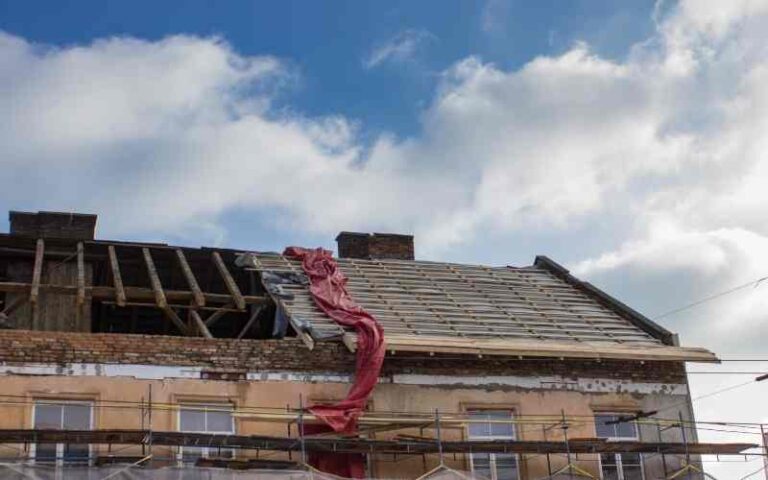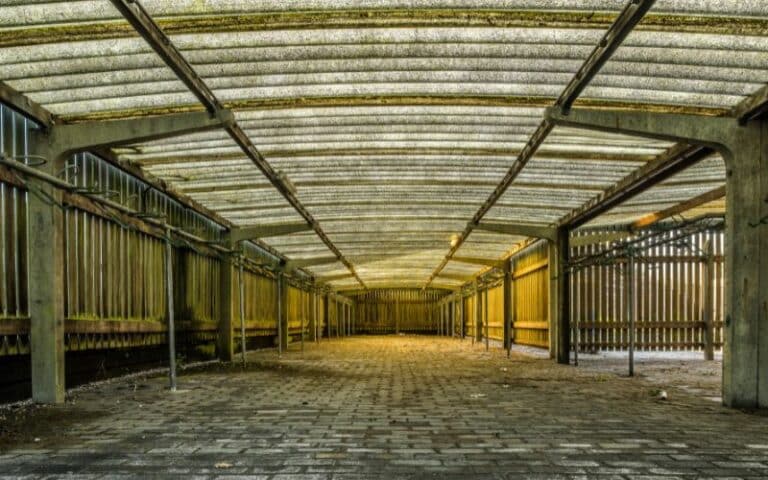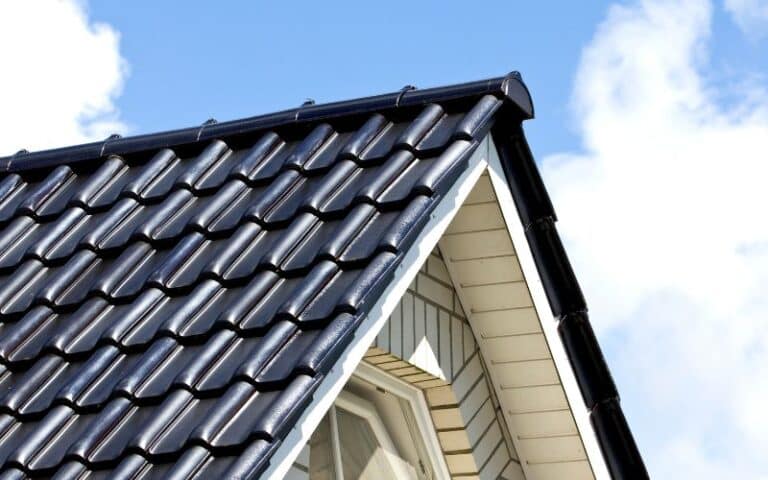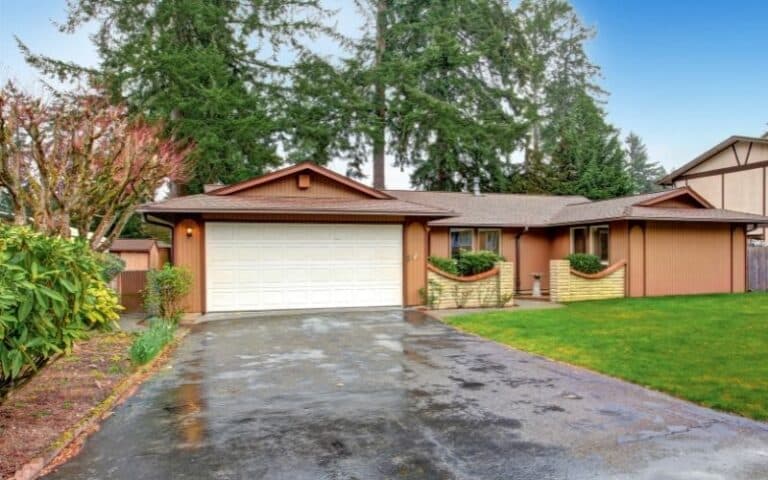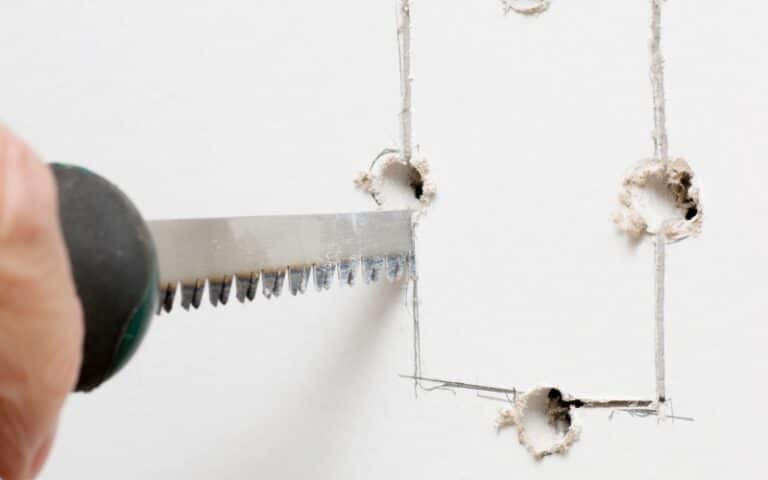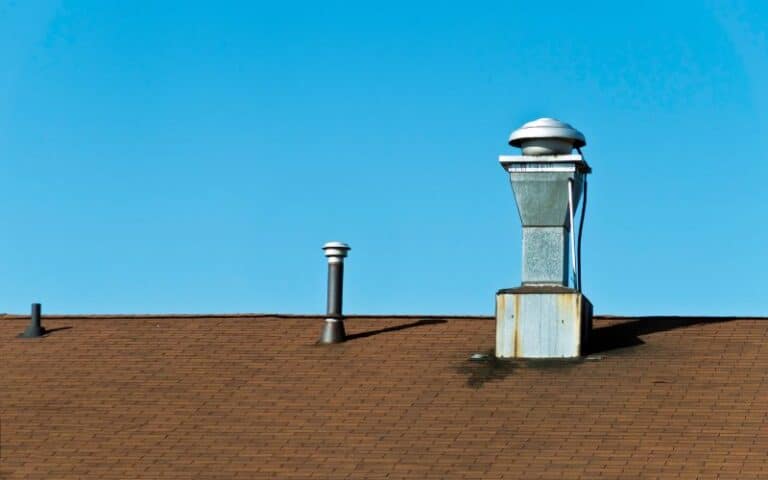A house’s roof contributes to its occupants’ comfort and well-being. The excellent insulation of a dwelling and sealing all depend on it.
Therefore, it ensures your protection, and more precisely, in the sealing of a roof, there are what is called the drip edge flashings, so read further to find out what this feature is.
Monoslope ridge flashings are used at the top end of a run of sheets to trim and seal off the edge of a roof. Mono-pitch roofing also called shed roofing, is in the form of a single sloped surface of more than 15 degrees. However, it can be with two double slopes, where you install the drip edges.
Ready for a Roofing Quiz?
Monoslope Ridge Cap Flashing
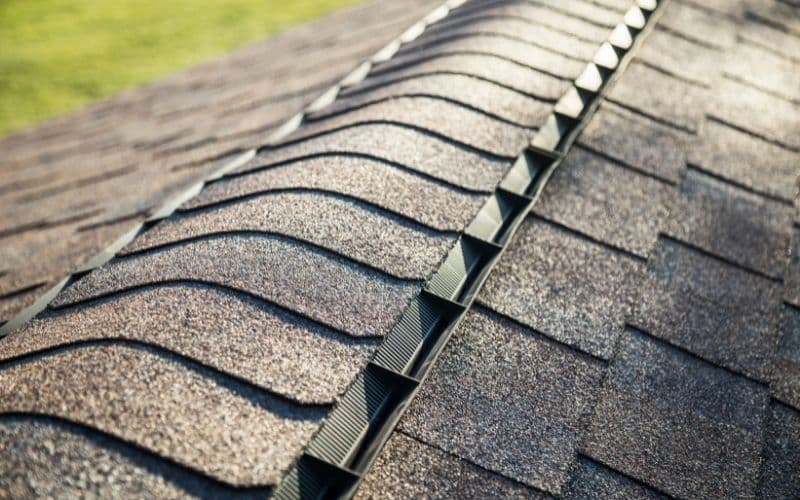
As their name suggests, ridge caps models are the shingles that fit along a roof’s ridge. Every top has a peak, except for flat roofs, and many shelters have numerous peaks.
Therefore, ridge caps are valuable features needed to safeguard your roof and house by letting air move through the attic while keeping your roof away from leaks.
Besides, universal ridge caps are from asphalt shingles. As a result, they tend to be thicker and pre-bent than the usual caps, making it easier for them to fit along the ridge.
They are significantly smaller than other types. They are thicker and smaller, so they can bend without losing their protective properties.
They have wider nailing area and more adherence, making them more durable and facilitating roof installation.
Monoslope Ridge Flashing Metal Roof
Monoslope roof flashing describes a thin material, mostly of galvanized steel, used to direct water away from crucial roof areas, anywhere a roof plane intersects any vertical surface, such as your wall or skylight.
In addition, drip edge flashing surrounds roof elements, like chimneys, vents, and skylights, and directs water towards the shingles.
Furthermore, mono-pitch roofing, also called shed roofing, is in the form of a single sloped surface of more than 15 degrees.
Therefore, it can be with two double slopes, that is to say, with two lean-to sections placed at different heights, leaving room for the installation of large windows or bay windows, for example.
However, this roofing requires installing a gutter on only one side of the house. It can be with different materials such as tiles or slates.
Mono-pitch roofing is often used in mountainous regions to facilitate snow accumulation on the roof.
Types of Roof Flashings
There are just as many roof flashing types as parts in a shelter. So here are the main roof flashing types you need ought to know about:
#1. Continuous Flashing
This type is called “deck flashing,” and that is because it serves as a deck. A long metal directs water to the lower shingles.
Long continuous flashing pieces may lack flexibility as the house swells and contracts with changing seasons and could warp.
Therefore, long straight flashing pieces have expansion joints that enable them to move in response to the house.
#2. Base Flashing
Roof components, like chimneys, need two flashing pieces to ensure rain runs off the flashing surface and goes downward. However, it is far from easy to install a flashing there.
The advantage of installing two-piece flashing is that they can move with the natural expansion and contraction movement of roofing materials as the weather fluctuates, so the system is secure.
Moreover, the apron flashing/base flashing serves as the bottom part.
#3. Counter-flashing
The counter-flashing is opposite the base or on top and constitutes the second part.
#4. Step Flashing
This flashing is rectangular in shape, curved at 90 degrees in the middle. It is at the junction of a wall and a roof. Multiple flashing pieces overlap with the shingles to direct water away from your wall.
Monoslope Ridge Flashing Instructions
The flashing is a roofing element that ensures its sealing at the connection points with a wall of different levels, a chimney, or a vent column.
Roof flashings are from other materials, such as morbier flashings. There are flashing models with lead skirts. The flap, under the covering material, allows a better sealing of the device.
Some flashings are also available with double covering: on the wall and the roof. This type of flashing seals the top better on both sides.
Moreover, the flashing is generally associated with a flashing holder. The flashing holder is an accessory that improves the waterproofness and adhesion of the flashing to the roof covering material.
It makes the connection between the top and the flashing itself. The flashing holder is either recessed on the wall or fixed.
There are two types of flashing carriers:
- The flashing holder with mesh allows better adhesion to the coating. It is installed by screwing or by covering.
- The ply flashing carrier is in line with the flashing with a mastic joint. It is installed by screwing or by covering.
Where Are the Flashing And the Flashing Holder Installed?
The flashing installation will be different if it is on a wall, a vent column, or a chimney.
The reason is that the flashing and the holder are between the roof, the adjacent wall, the chimney, or the vent column. Therefore, flashing and flashing holders must join the two.
Similarly, the installation of the flashing on a roof, like the installation of the flashing holder, is a technique that requires know-how and experience.
But, again, the difficulty of installation and the dangerous nature of working at height is why it is to call on a professional roofer.
What Are the Pros and Cons of a Monoslope Ridge Roof?
- The first advantage is the price of the single-pitch roof! Indeed, the frame’s implementation and simplicity constitute a significant economic gain compared to any other type of roof. Why? The load-bearing structure has fewer ridges, purlins, posts, and rafters than a traditional frame.
Other notable benefits of single-pitch roofs include:
- Better drainage of rainwater and snow.
- Simplified attic layout
- A very successful contemporary aesthetic
The disadvantages of monoslope roofing include:
Concerning the frame or the covering of single-pitch roofs, the disadvantages are not numerous, but they deserve to be listed.
- An imposing effect when the surface of the single-pitch roof is enormous: the roof’s slope is only on one side, creating an impression of heaviness or monotony.
- A risk of the rainwater drainage system overflowing.
- Regulatory limitations.
Conclusion
Monoslope ridge flashing will add a bit of touch to your house. On the other hand, knowing what they are isn’t enough, but equipping your home with one is the most crucial.
Therefore, have ridge edges installed with the help of a professional to add more protective measures to your house.

